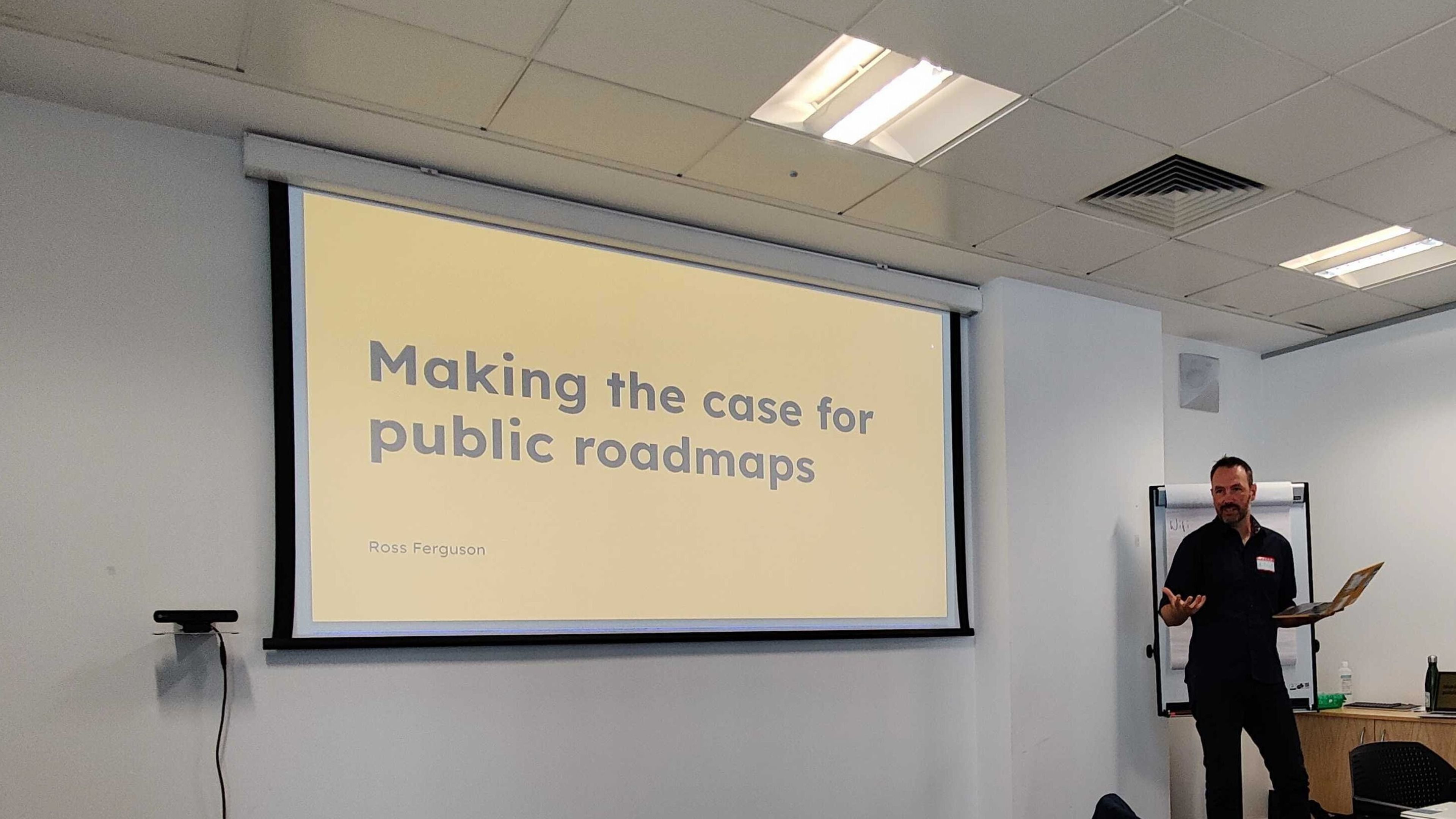
Government
We work with countries, states and government departments to help them achieve transformation at scale.
This is a call to make the information on public sector roadmaps and the backlogs open, link things together and fill the gaps.
Across the world there are public sector organisations that have operating principles that are various flavours of ‘working in the open makes things better’.
The decision to ‘work in the open’ is often based on a duty to be transparent but there are several other practical benefits to working in the open that are about better delivery:
Get feedback
Own your narrative
Gain in visibility
Attract talent
Build trust
Working in the open is sound advice in principle. But it matters that your story is coherent and easy to follow.
Public sector organisations already routinely share their strategies, code and delivery experiences (blogs) on the public web, so why not their roadmaps and backlogs?
The strategy was written 2 years ago; where have things got to? Why did you deploy that code; what is it intended to achieve? You say you are about transformative outcomes but what does that mean for the product I use? At the moment the story is disjointed.

A roadmap shows how a product or service will unfold over the course of months, quarters and years in terms of the outcomes it is intended to achieve. A backlog shows how something is being delivered functionally, across hours, days and weeks. They complement each other, and are routine artefacts for agile delivery teams across the public sector.
My experience with these practices kicked off with GOV.UK where we had a public backlog from 2012 and a public roadmap from 2013. I carried on this open practice in later product and service leadership roles in the University of Bath, the Scottish Government, and at the Canadian Digital Service.
Monitoring backlogs and roadmaps is a niche sport but I’ve experienced several benefits as a result of making them available in the public domain over the years. It helped me recruit amazing people, who could study the work they’d be contributing to. It signalled to suppliers the kind of support we wanted to buy or had overlooked. Peer teams knew to get in touch when they were working on similar features or objectives, to suggest collaboration or offer advice. And, it helped me manage expectations and opened conversations with stakeholders who made me realise I needed to be bolder if I wanted to do right by the people we wanted to benefit from our work.
Lots of good roadmapping and agile delivery is going on in the public sector, but for me, the ultimate measure of successful, confident, mature delivery practice and learning culture is when those roadmaps and backlogs are opened in the public domain and available to stakeholders, peers and users.

Public backlogs and roadmaps are an indication that a team or an organisation has a good culture based on taking pride in their work, that they approach things iteratively powered by feedback, that they are taking good care of the public money they have been entrusted with in order to deliver public benefits, and that first and foremost they care about engaging the users of their product or service and their needs.
There are some great examples of open roadmapping in the public sector; take a look at:
And there are good example of public backlogs:
Even though the practice of roadmapping and backlogs is routine internally, there are too few sharing theirs in the open. That’s undoubtedly a missed opportunity.
The private sector does better, and that’s even without the duty of transparency:
If companies like these are putting time and effort into releasing and maintaining open backlogs and roadmaps, then there are undoubtedly several benefits that are worth the investment.
Public roadmaps and backlogs are not without their challenges:
When they get too complex - often when multiple granular roadmaps get munged together
When they don’t tell the whole truth - maybe because they reveal deeper challenges with technical debt or maturity
When they aren’t worked hard enough - so they aren’t generating the kind of engagement that justifies the effort of creating and maintaining them
When they stop getting updated - because the time is marked out and they fall out of sprint or increment cycles
When comms and exec management get nervous - fearing that engagement with users will create expectations and questions
These real things can cause organisations not to try or to stop. But they are all surmountable challenges that those who have launched open roadmaps or backlogs can offer advice on, or you can turn to organisations like Public Digital to help with specialist coaching.

Public Digital provides many of its clients with support and coaching around roadmapping and backlogs, including the process of making these open.
PD’s approach to roadmapping and backlogs is not wedded to a particular technology, instead our approach is based on culture and principles:
Aimed at outcomes
Data-based decisions
Time-boxed
Iterated a little and often
Produced as a team-sport
Open for engagement
To give a flavour, we have run a couple of sessions on this topic recently, at ProductPeople in Edinburgh and at UK EduCamp 2024, exploring how to take a roadmap public.
Regardless of whether you work under your own initiative or specialist guidance, now is a great time to work on getting your roadmap and backlog into the open. Start small with a blog post giving a snapshot and inviting feedback or go bold by toggling on the public-view, and begin exponentially improving what you, your team and your community are capable of delivering.
And, if you’ve got an example of an open roadmap or backlog you’d like to share with fellow practitioners, please get in touch.

Director